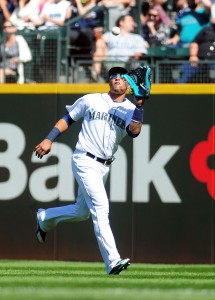The Cubs announced on Wednesday that former Major League outfielder Will Venable has been hired as a special assistant to president of baseball operations Theo Epstein and general manager Jed Hoyer. The team’s press release also notes that Venable has now formally retired from his playing career.
According to the release, Venable will “contribute to all elements” of the Cubs’ baseball operations department. More specifically, his duties will include visiting the team’s minor league affiliates to work with players both on and off the field as well as assisting in the evaluation of amateur talent leading up to the MLB draft in June.
“I’m extremely grateful Jed and Theo have given me the opportunity to learn from them and all of the great people in the Cubs organization,” said Venable in an accompanying statement. “As my playing days have come to an end, I look forward to exploring new ways to have a positive impact on the game. I am excited to be part of the Cubs family and their amazing tradition.”
Venable, 35 next month, will see his career officially come to a close after parts of nine seasons in the Major Leagues. Through 3,146 plate appearances, the Princeton University grad batted .249/.315/.404 with 81 homers, 118 doubles, 39 triples and 135 steals. Venable saw time at all three outfield spots in the Majors and drew positive grades at each in terms of Defensive Runs Saved and Ultimate Zone Rating. His best year came in 2013, when he hit .268/.312/.484 (126 OPS+) with 22 homers and 22 steals for the Padres.
In the end, Baseball-Reference pegged his career at 12.9 wins above replacement, while Fangraphs was slightly more bullish at 13.7. Between his contractual salaries and his signing bonus out of the draft as a seventh-rounder, Venable earned more than $14MM as a player. We at MLBTR wish the best of luck to Will in his new career path.

